|
|
|
Modern Mints of India
|
|
|
| The first mint of the East India Company was established at Fort St.George at Madras, India in 1640. The second was set up at Bombay in 1671, and a third was opened in Calcutta in 1759. |
|
|
|
 |
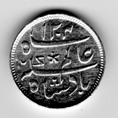 |
|
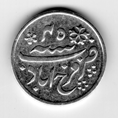 |
|
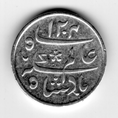 |
|
|
|
Murshidabad Regnal Year 19
|
|
Farrukhabad Regnal Year 45
|
|
| A number of other Indian mints operated under the control of the provincial governors, including; Nawabs and Wazirs of the Moghul Emperior in Delhi, and Patna, Dacca, Mushidabad, Benares, Farrukabad, Arkat, Sagar. Surat, Poona and Broach. In the course of time, these mints passed under the control of the East India Company, before they were closes. The mints at Dacca, Mushidabad. Patna and Surat were revived in the early nineteenth century for a short period, before they were finally closed.
|
|
|
|
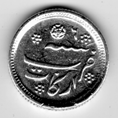 |
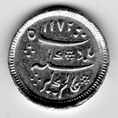 |
|
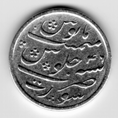 |
 |
|
|
|
Arkat-type struck at Calcutta 1825
|
|
Surat Sun-flower Regnal Year 46
|
|
|
| In 1815 it was decided to establish two large mints at Bombay and Calcutta, and close all the other regional mints. The construction began on the two mints in 1824 and was completed in 1829. The Bombay Mint remains in the same old buildings. In 1952 the Calcutta Mint was moved to a new site at Alipore, therefore the Calcutta Mint is now sometimes referred as the Alipore Mint.
|
|
|
|
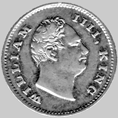 |
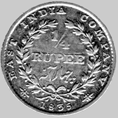 |
|
|
|
East India Company Calcutta 1835
|
|
|
In1835, when the British India coinage was established there were three government mints operating in India – one at Bombay, another at Calcutta and a third small mint at Madras. The Madras mint closed in 1867.
During World War II, with the Japanese occupying much of South Eastern Asia, the Calcutta Mint was in danger with the threat of a Japanese invasion of the eastern part of India and the vulnerability of Calcutta to air-raids. It was decided to establish a new mint at a safer place farther inland, at Lahore, which opened in October 1943. With the independence of India In 1947, the Lahore Mint came under the jurisdiction of Pakistan.
|
|
|
 |
|
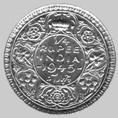 |
|
|
|
L mint mark for Lahore ¼ rupee 1945
|
|
|
In 1941 a site for a new mint at Calcutta was selected at Alipore. By early 1942, the foundation work had been completed and the erection of the building was proceeding. However due to the war time conditions, the policy of building the new Calcutta Mint came under reconsideration. As a result the super-structure was moved to Lahore.
After integration of the Princely States with the Indian Union, the mint belonging to the erstwhile Nizam of Hyderabad was taken over by the Government of India in 1950, and the mints belonging to the other Princely states were abolished.
The Mint at Hyderabad had come into existence in 1903. Since 1950 the Hyderabad Mint has been operated as a branch of the Bombay Mint until 1963 when it started to function independently.
In 1952 the Calcutta Mint location was shifted to the site at Alipore and the old mint on the Strand Road, which had been in operation for 123 years was converted into a Silver Refinery for the extraction of silver from the .500 fine rupee, half-rupee and quarter-rupee coins issued during the period of 1940-45, which had been demonetized. The silver extracted was to be returned to the United States Government towards repayment of 226 million ounces of silver sent to India on a lend-lease arrangement during 1943-45.
Reference:
Nineteenth & Twentieth Century Coins of India – D.Chakravarty, Calcutta 1979
Illustrated by quarter rupee coins from "Brother Can You Spare A Dime
|
|
|
 |
BACK |
|
|
|
|
|
|
|
|
|
|
|
|
|
|
|
|
|
|
|
|
|
|
|
|
|
|
|











